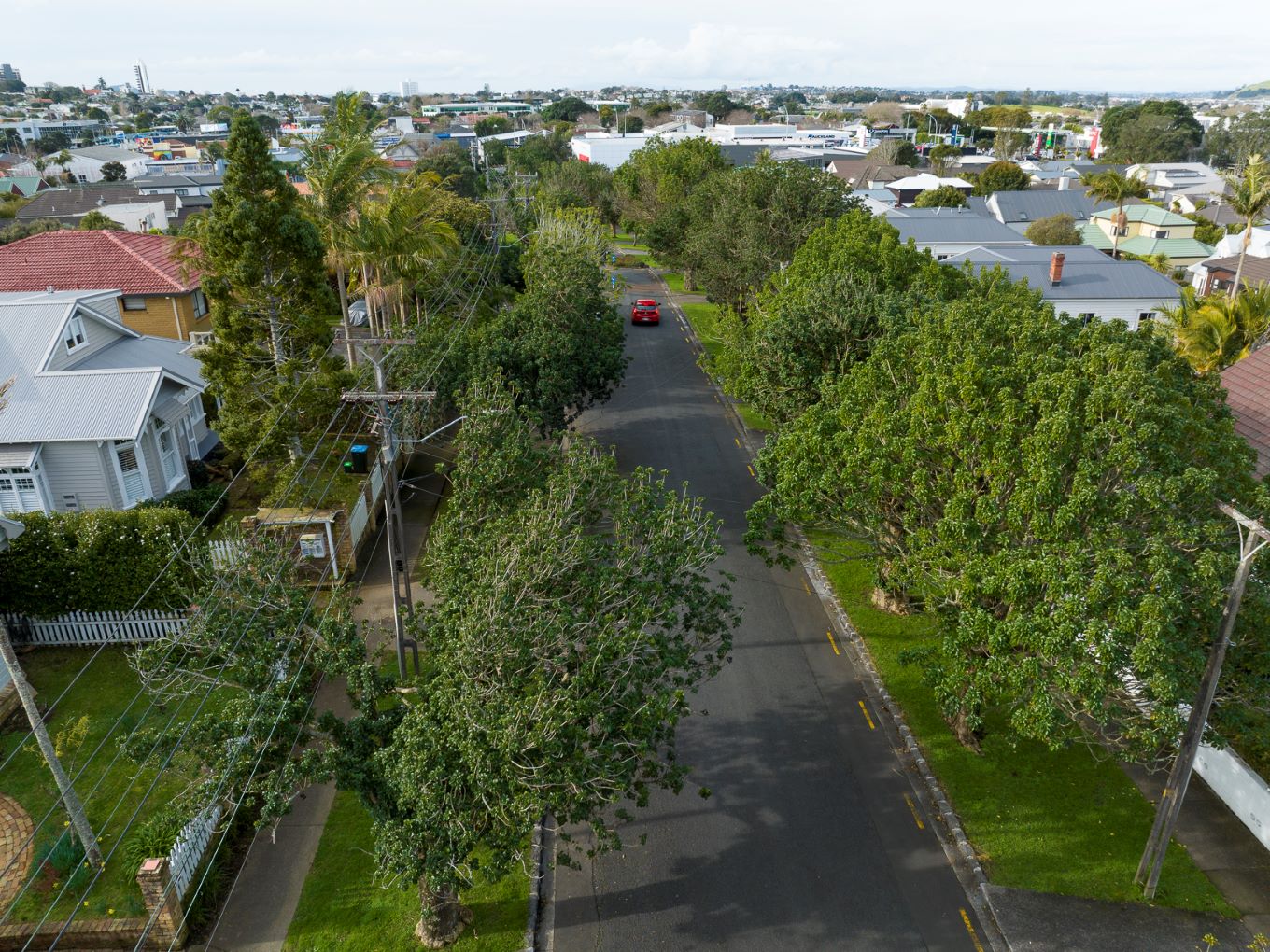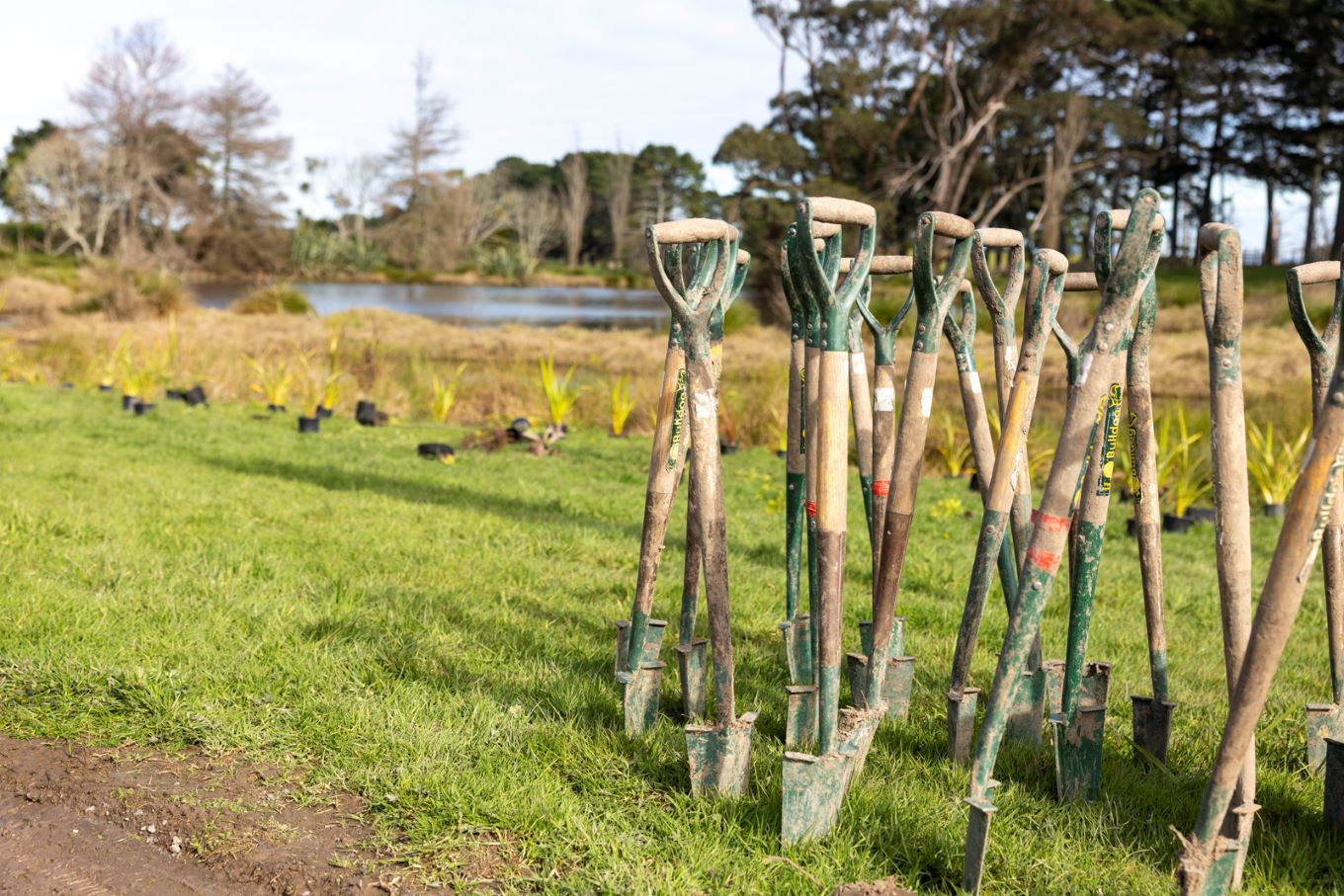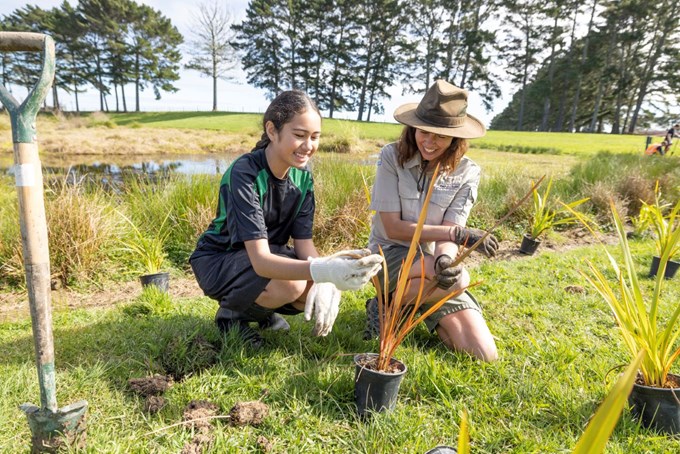Boosting the number of trees in Tāmaki Makaurau will be made easier by artificial intelligence (AI) technology as Auckland Council works towards its goal of increasing tree canopy across urban Auckland over the coming decades, through the Urban Ngahere (forest) Strategy.
The council launched the Ngahere AI project in July 2022 to develop an Artificial Intelligence (AI) tool that would enable tree canopy cover assessments from aerial imagery the council owns. The initial review of the AI model performance has proved successful with most validation areas achieving accuracies above 90%. The council is now in the process of refinement of the AI tool for a regional application to assess urban tree canopy cover in 2023/24.
AI can be utilised to measure tree canopy cover by analysing a range of remote sensing data (eg, aerial images) through machine learning algorithms trained to distinguish and assess canopy cover at a regional scale, monitoring the urban forest characteristics and regional changes that are taking place over time.
Councillor Richard Hills, Chair of Auckland Council’s Planning, Environment and Parks Committee says increasing the city’s tree canopy will have numerous benefits for Auckland and AI will play an important part in informing decisions around tree planting.
“A well-managed, flourishing, and healthy urban ngahere improves the urban amenity and creates a healthy living environment with many social, cultural, economic, and environmental benefits.
“We are making steady progress towards the goal of increasing average tree canopy cover to 30 per cent across Auckland’s urban area by 2050.
“I look forward to the benefits Auckland will gain while working toward this goal and I’m pleased the AI technology the council is investigating is proving to be a useful tool.”
The AI technology is expected to be a more cost-effective way of monitoring and reporting on tree canopy cover and urban vegetation than previous methods.
Auckland Council is also utilising i-Tree software to provide data about the ecosystem benefits of trees and predicting the benefits of planting new trees in specific areas. As well as the council, this software is expected to assist community groups, volunteer organisations, schools, and housing developers.

Tree planting programmes
This calendar year, Auckland Council has planted approximately 750,000 trees and plants across the region. Just over 18 hectares have been planted under the Urban Ngahere Programme in 2023.
Since the Urban Ngahere strategy’s inception in 2018 approximately 2,000 mature street trees have been planted annually in Tāmaki Makaurau. This number is expected to double to 4,000 by 2024.
Auckland Council facilitates tree planting events as part of ecological volunteer programmes to help boost tree numbers in the city. Mana whenua, schools, volunteers and community groups plant around 200,000 smaller trees and plants each year in local parks and around 300,000 in regional parks, contributing to the annual total number of trees planted.
Thirteen of Auckland’s 21 local boards have adopted local urban ngahere action plans that support the goal of increasing tree canopy cover in road corridors, parks and open spaces and support the prioritisation of locations for future planting.
Taryn Crewe, Auckland Council’s General Manager, Parks and Community Facilities says the council is committed to increasing tree canopy across the city.
“Our staff look forward to continued collaboration with mana whenua, local boards, and urban forest-focused organisations to ensure tree planting initiatives align closely with their values and plans.
“These partnerships are collaborative and ensure consistency in tree planting efforts across the region which will ultimately benefit all Aucklanders.”

Integration of Māori cultural knowledge
Auckland Council is working with mana whenua (alongside a range of organisations) to gain a better understanding of the challenges facing urban ngahere.
The Tūpuna Maunga Authority made up of 50/50 representation of mana whenua and Auckland Council has contributed significantly to the Urban Ngahere Programme by implementing a network-wide vegetation restoration programme. The Tūpuna Maunga are some of the most culturally significant sites in Tāmaki Makaurau and the vision is to restore a native eco-system to each of the maunga.
To date, more than 175,000 native plants have been planted since 2019 and this work is progressing well. Through the use of mātauranga Māori from within te taiao (expert knowledge from a Māori world view about the environment) initiatives have included: collecting branches from native flora i.e: puka leaves for lining hāngī baskets; returning natural wetlands to their natural state through the planting of native plants, such as kahikatea (white pine), wīwī (jointed wire rush), toetoe, wī (giant thrush), rongoa species – harakeke (flax) and makaka (salt marsh ribbon wood) and aligning tree planting projects with the maramataka – the Māori lunar calendar.
“The Tūpuna Maunga (ancestral mountains) of Tāmaki Makaurau are fundamental to the identity of mana whenua and are at the heart of Auckland’s local and international identity,” says Paul Majurey, chair and spokesperson for the Tūpuna Maunga Authority.
“The Tūpuna Maunga Integrated Management Plan acknowledges the diverse worldviews that add richness to the relationship Aucklanders have with these remarkable landscapes, including the protection, restoration, and enhancement of the maunga in an integrated way.
“We are proud of how far we’ve come with our ecological restoration aspirations as guided by our biodiversity strategy.”
The council has also recently partnered with two Māori-owned businesses to undertake tree planting mahi across Auckland.
Councillor Hills says mana whenua play a critical role in Auckland’s tree planting effort.
“By collaborating with mana whenua Auckland Council wants to ensure tree planting efforts enhance the environment as well as resonating with the values and aspirations of Māori communities and our shared vision of a sustainable and culturally enriched Tāmaki Makaurau.”
Auckland Council also continues to work with iwi, hapu, and community nurseries to help them expand their growing capacity. These nurseries - some of which produce more than 10,000 plants annually - play a crucial role in supplying native plants for local projects, both on private and council land.
Te Haumanu Taiao supports Aucklanders to achieve their ecological restoration goals and to further enable the indigenous biodiversity of Tamaki Makaurau to heal and flourish. Find out more here


